When it comes to the diverse palette of equine coat colors, the flea-bitten grey horse often stands out with its distinctive markings. This unique coloration is not just a matter of aesthetics but also genetics and health.
Defining the Flea-Bitten Grey Pattern
The term ‘flea-bitten grey’ refers to a specific pattern where a horse’s grey coat is interspersed with small, dark spots that resemble flea bites. These speckles can vary in density and size, creating a coat that is both intricate and unique to each individual horse.
Identifying Flea-Bitten Horses
Identifying flea-bitten horses involves observing their coat for the characteristic spots against a predominantly grey background. These markings may become more apparent as the horse matures, making the pattern more distinguishable over time.
Equine Coat Colors and Patterns
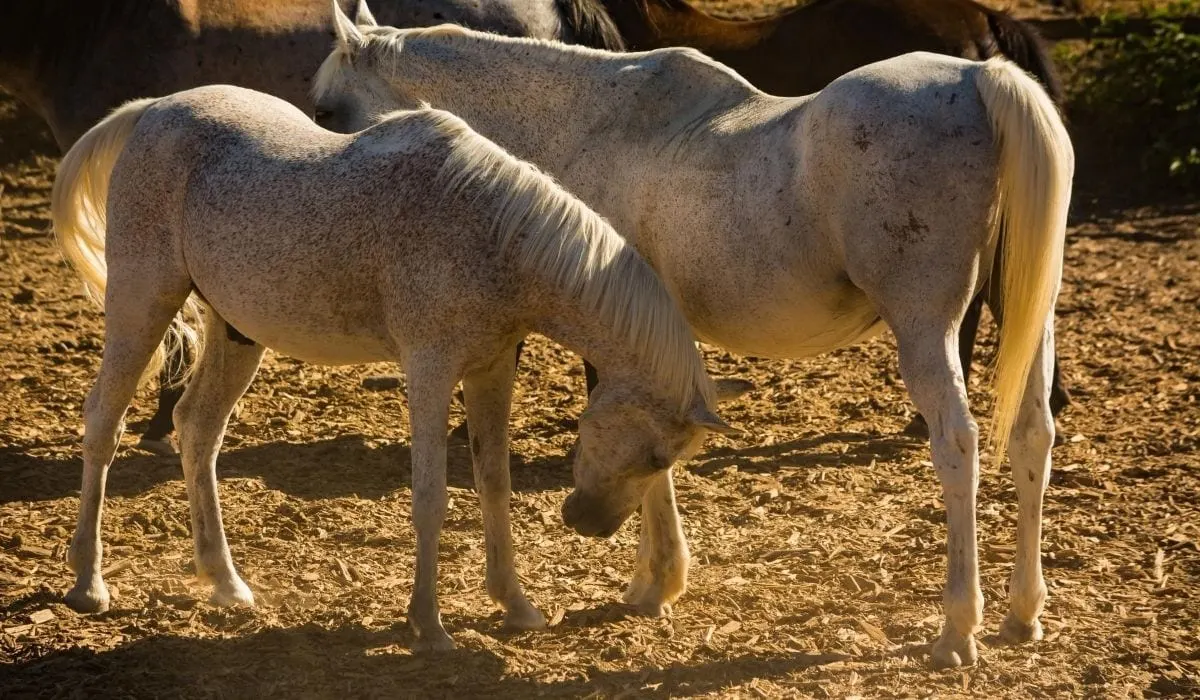
The world of equine coat colors is vast and varied, providing a spectrum of shades that give each horse a distinct look.
Overview of Equine Coat Colors
Equine coat colors range from the common bays and chestnuts to the more unusual palominos and buckskins. Each color can have multiple variations, contributing to the unique appearance of each breed.
The Spectrum of Grey Horse Coat Colors
The grey horse is not limited to one shade; rather, it encompasses a range from light silver to dappled and dark grey, changing as the horse ages.
Comparing Flea-Bitten Grey to Other Grey Varieties
While flea-bitten grey horses are one variety, other grey horses may exhibit patterns like dapples or a uniform coloration without the distinctive spots.
The Genetics Behind Flea-Bitten Gray Horses
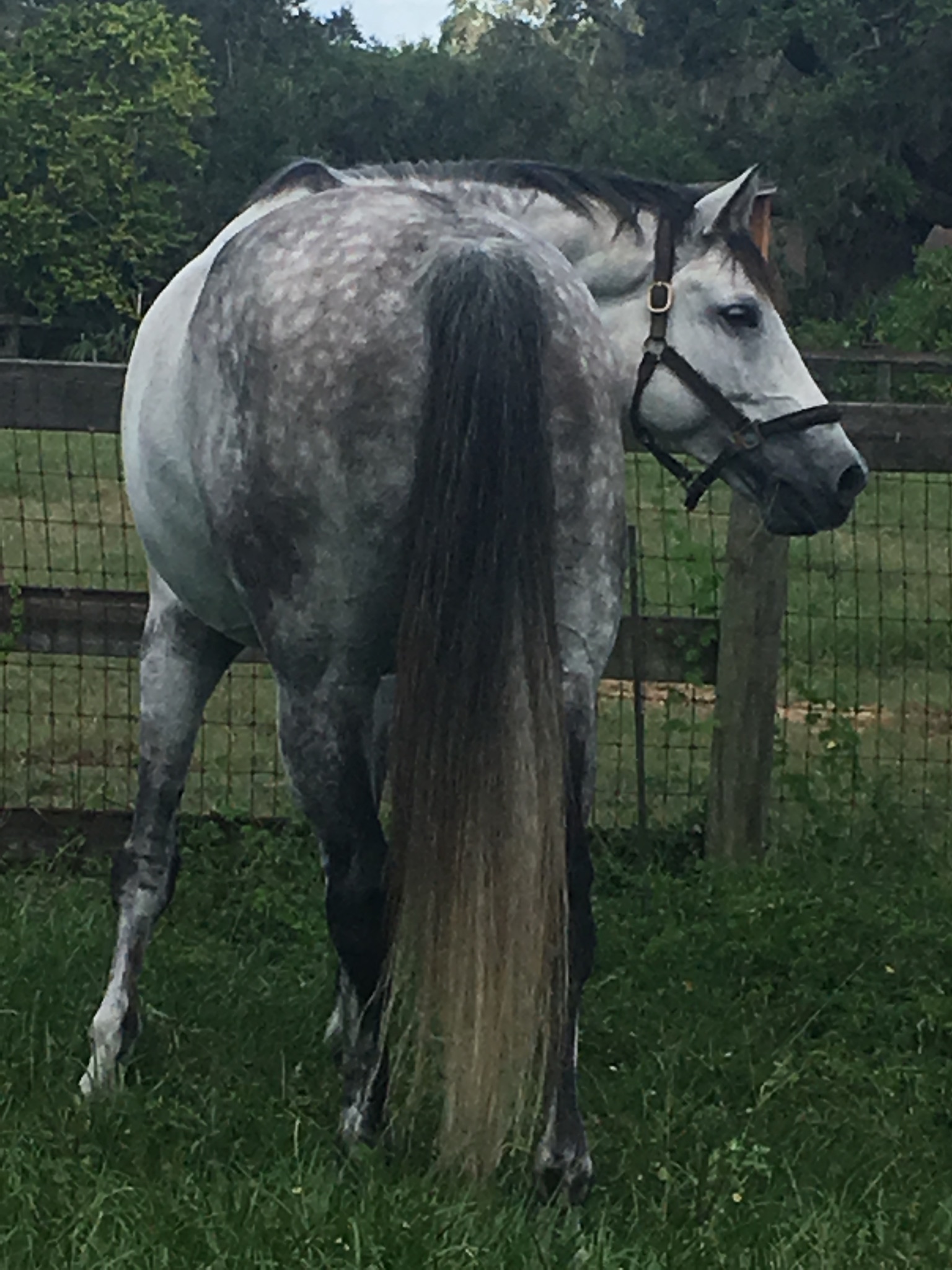
The coloration of flea-bitten gray horses is more than skin deep; it’s woven into their DNA.
Horse Color Genetics Explained
Horse color genetics are complex, involving various genes that dictate the vast array of possible coat colors and patterns in horses.
The Role of Genetics in Flea-Bitten Gray Coloration
Flea-bitten gray genetics are fascinating, as the presence of specific genes controls the development of the grey coat and the distinct flea-bitten pattern.
Horse Health and the Flea-Bitten Coat
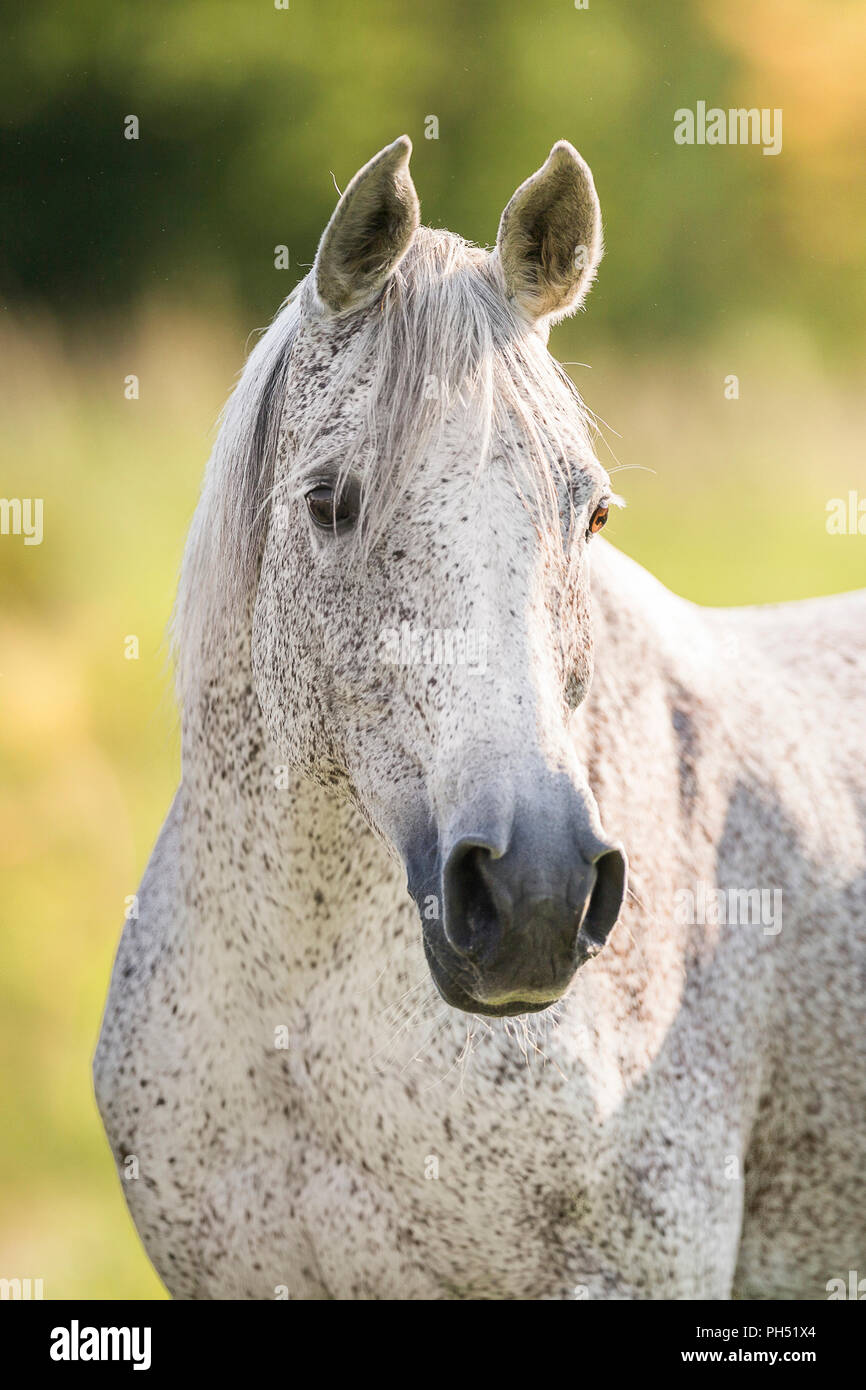
While the flea-bitten grey coat is visually appealing, it’s important to consider the implications it may have on horse health.
Flea Bite Marks on Horses: Signs and Causes
Flea bite marks on horses are not caused by fleas but are natural pigmentation spots. However, actual flea bites can cause health concerns and require vigilant care.
Common Health Concerns in Grey Horses
Grey horses, including those with flea-bitten coats, can be prone to certain health issues, such as skin conditions and melanomas, that require attention.
Prevention and Treatment of Melanoma in Grey Horses
Preventive care and early treatment are crucial in managing the risk of melanoma, a concern particularly prevalent in grey horses.
Gray Horse Care Essentials
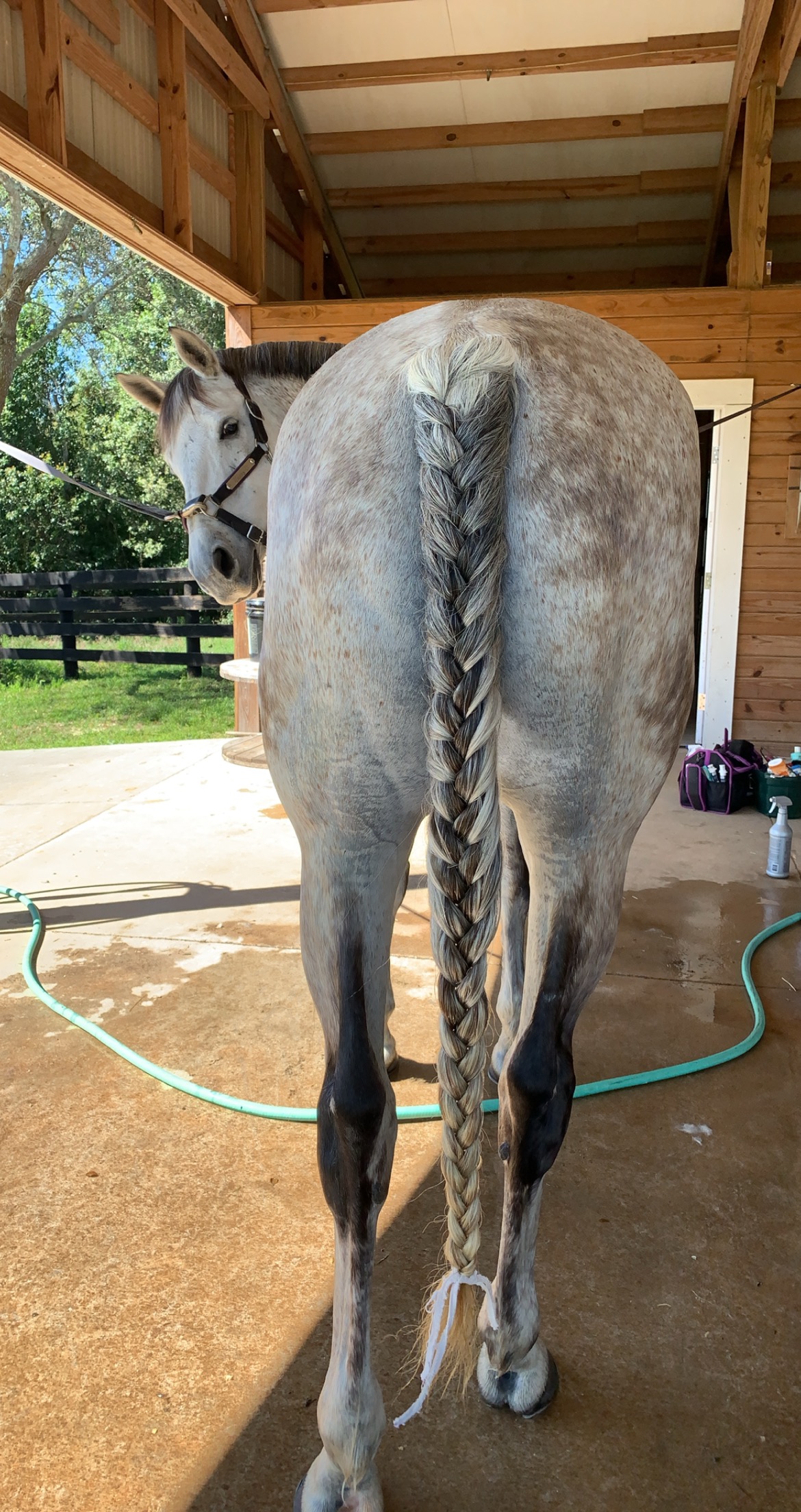
Proper gray horse care is crucial for maintaining the health and appearance of these majestic animals.
Maintaining a Healthy Flea-Bitten Grey Coat
- Regular grooming to keep the coat clean and shiny.
- Monitoring for any changes or signs of skin issues.
- Providing a balanced diet to support coat health.
Special Considerations for Flea-Bitten Grey Horse Care
Additional care considerations include sun protection and vigilant monitoring for any signs of skin abnormalities that may require veterinary attention.
Aging in Horses: How it Affects Grey Coats

The aging process in horses brings about changes that are often most visible in their coats, particularly in grey breeds.
Understanding the Aging Process in Horses
Aging in horses can affect their overall health, metabolism, and the condition of their coat, necessitating adjustments in care.
Age-Related Changes in Grey Horse Coat Colors
As grey horses age, their coats can lighten, and the flea-bitten pattern may become more pronounced, reflecting their years of wisdom.
The Equine Flea-Bitten Pattern Across Breeds
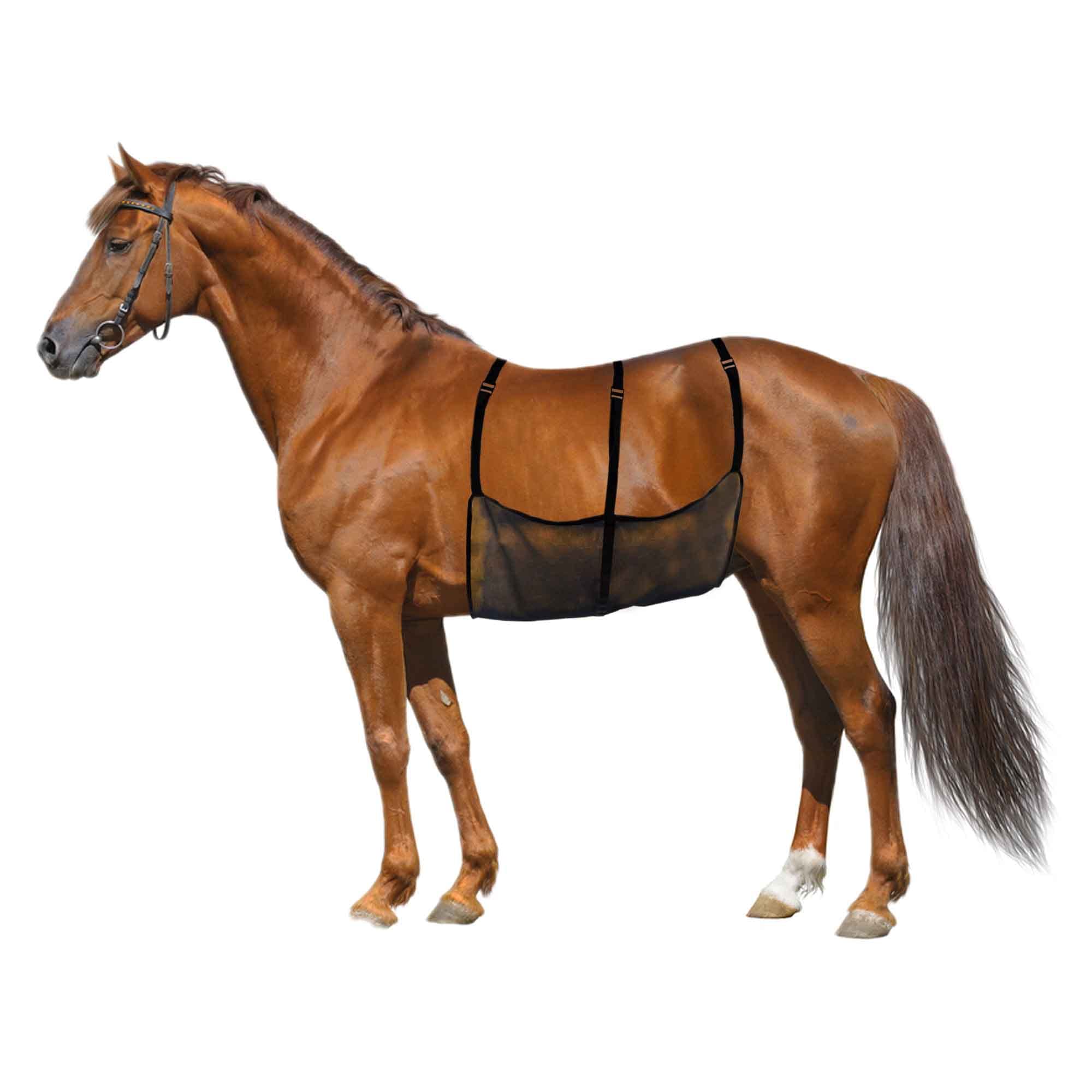
The equine flea-bitten pattern is not exclusive to a single breed but can be found adorning a variety of horses from around the world.
Common Horse Breeds with Flea-Bitten Grey Coats
Several horse breeds are known for sporting the flea-bitten grey pattern, including Arabians, Thoroughbreds, and Andalusians, each adding their own flair to this coat color.
If you’re a horse enthusiast or simply curious about the different types of horse coat patterns and colors, you’re in the right place. While you’re exploring the unique characteristics of a flea bitten grey horse, you might also find our articles on other horse coat variations intriguing. Learn about the distinctive piebald horse, the beautiful buckskin horse, and the temperament of a cold backed horse. Each article dives into the specifics of these equine coats and what they mean for the horse and its owner.
Unique Characteristics of Flea-Bitten Grey in Different Breeds
While the flea-bitten grey pattern is consistent in its basic form, different horse breeds may exhibit variations in the pattern’s expression, influenced by their genetic background and breed standards.



